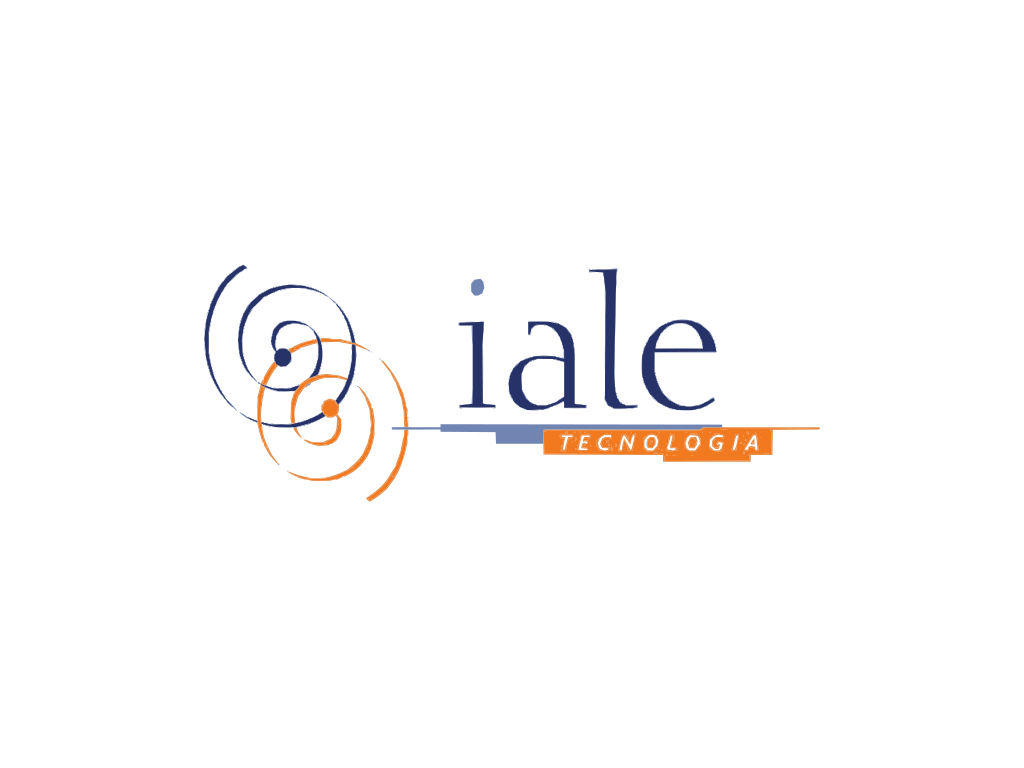Inside the patent green zone
Creating a future supported by sustainable energy is a big focus, these days, of big business. If you visit the website of any company in the S&P 500, chances are good that the company is touting all the many ways it is reducing its environmental footprint, through reforestation, reuse of materials, and renewable energy—all noble and sensible pursuits.
But in this race companies are in to become “net zero,” where are they putting their R&D dollars when inventing in the sustainable energy arena? In IFI’s annual Ten Fastest Growing Technologies list this year, we noticed a curious thing: a patent class related to earth drilling technology—for the extraction of oil, gas, and water—moved up from sixth place in 2021 to third place in 2022. That move puts the technology just two places behind our number one fastest grower, autonomous vehicle technology. AV is an advance that goes hand-in-hand with electric vehicles, an important symbol of the renewable world. Earth drilling right up there with autonomous driving? That surely doesn’t give the feeling that companies are powering toward sustainability, despite all the ecological feel-good rhetoric.
As a result of this, well, interesting juxtaposition of technologies, we decided to break down the patents and have a look at how much progress companies have made on the invention front when it comes to transitioning to a greener planet. Highlights of IFI’s analysis are below:
Patents going green
IFI parsed the patents in two particular classifications. The first was E21B (earth drilling for obtaining oil, gas, water, soluble or meltable materials or a slurry of minerals from wells). The other was Y02E (reduction of greenhouse gas emissions, related to energy generation, transmission or distribution). Over the past 10 years, both patent applications and grants in emission reduction technologies far surpass those of earth drilling-related technologies when looking at the patent class as a whole. There is one notable exception, mentioned above. Within earth drilling, a special features subclass is increasing at a compound annual rate of 33%, which places it in the third spot for our Top Ten Fastest Growing Technologies list this year. Special features can be anything from chokes and valves for regulating flow to the use of computer simulations and machine learning. Another noteworthy, and concerning, aspect of the patent trend in these two charts: applications and grants for green patents have shown a steeper decline recently than those for earth drilling.
Applications
Grants
How green are our patents?
Looking at the gross numbers, green patents appear to be on a green wave. But there are some important distinctions within the Y02E patent class. Sure, the class covers purely renewable energies, which we define as solar, wind, geothermal and green hydrogen. But it also covers the mitigating technologies and efficiencies needed to battle the effects of conventional fossil fuels. When we separate out the purely renewable energy technology from other inventions designed to reduce greenhouse gases, we see a very different chart when plotted against the earth drilling patent class. In the graphs below, the inventions in the conflicting areas are much closer, and in the past few years at least, patents in earth drilling have surpassed patents in renewables. What does this suggest? That purely renewable energy isn’t getting the kind of money it needs for the widespread adoption necessary to get us to “net zero.” That the lion’s share of “green” patents are focused on modifying negative effects of fossil fuels. That fossil fuels will be part of the energy picture for decades to come. After all, why else would energy companies continue to invent and seek a couple decades of patent protection for extracting fuel from the earth?
Applications
Grants
Companies investing in the renewable process
Clearly, there is much further to go in creating the renewables needed for a sustainable tomorrow. Below, you’ll find the top patent applicants in 2022 in the purely renewable fields: solar, wind, geothermal and green hydrogen. In solar, Samsung has its place in the sun with 2,369 applications over the past five years. One way Samsung uses solar in its devices—to reduce electronic and battery waste. The company’s SolarCell Remote can be charged with indoor or outdoor light. Vestas and GE, two of the top manufacturers of wind turbines, both have the wind at their backs in their patent development. As far as installations in the U.S., Danish company Vestas is gaining ground: through the third quarter last year, 39% of installations used GE turbines, versus 37% for Vesta.
Wind Energy (Y02E 10/70)
Geothermal Energy (Y02 E10/10)
Green Hydrogen (Y02 E60/36)
Photovoltaic [PV] Energy (Y02E 10/50)
Halliburton knows the drill
Halliburton. Saudi Arabian Oil. Schlumberger. And Baker Hughes. You might call these oilfield technology and services companies the drill team when it comes to their patent applications over the past five years (15,285 between them). Drilling innovations lead to lower well creation costs, greater basin intelligence, and therefore, optimized fuel extraction.
Earth Drilling (E21B)
Integrate key financial indicators with IFI's global patent data
Sound investment decisions require you to go broad and deep. Analyze your investments in the most strategic way you can with CLAIMS Direct. We have the updated and accurate patent data you need to understand how your target is moving in the market. Patent-based analysis leads to better capital allocations.




